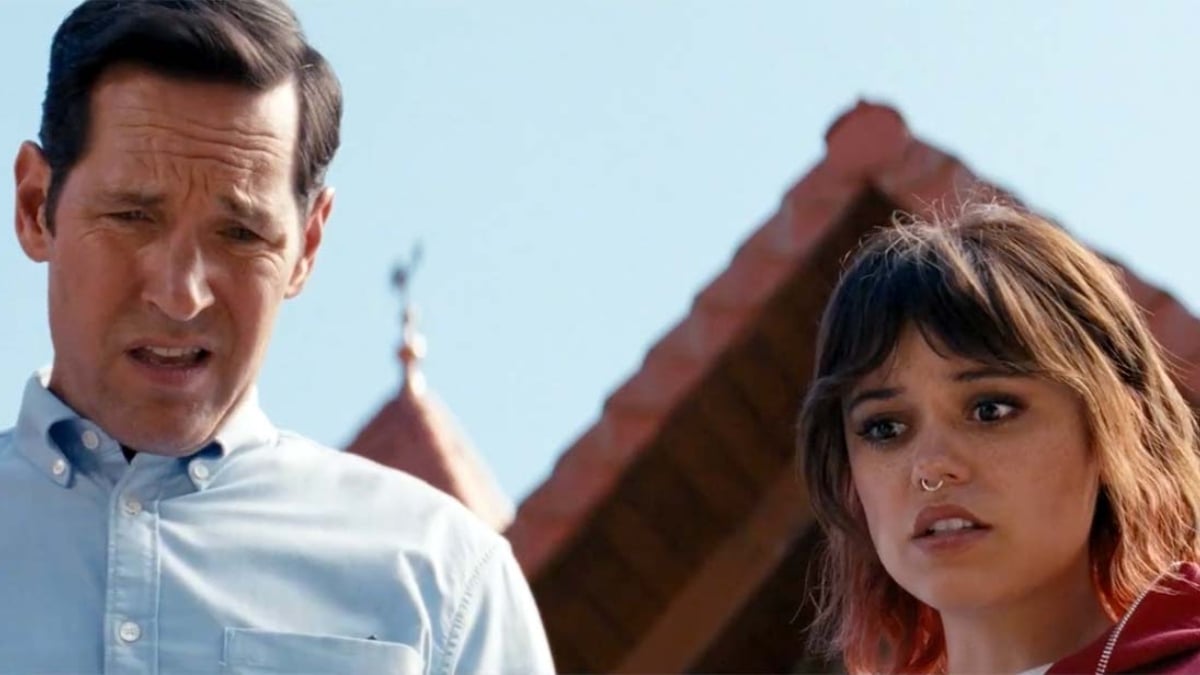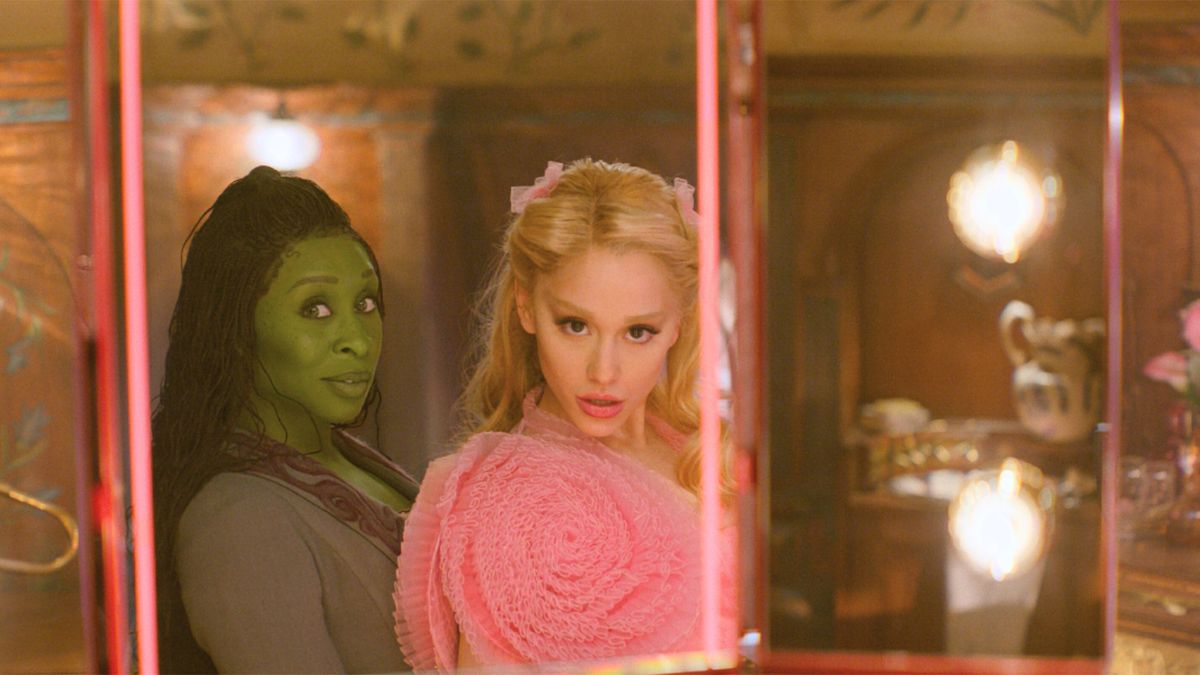
Nasty Baby is a daring film. A story that begins as one familiar thing only to gradually develop into its polar opposite. This is an intimate portrait of a group of characters that grow into family unit just in time to face an unthinkable challenge, which comes in the form of a dark tonal shift courtesy of the film’s writer, director and star Sebastián Silva (The Maid, Crystal Fairy & the Magical Cactus). Silva’s penchant for pushing his character out of their comfort zones often produces shocking results, but nothing in his filmography will quite prepare you for the direction that this latest endeavor ultimately takes.
Nasty Baby is the first of Silva’s films in which he’s cast himself as the lead. He plays Freddy, a gay, Brooklyn-based artist set to mount a multimedia exhibition of what he calls nasty babies, adults acting like or photoshopped as children. Meanwhile, he’s eagerly trying to have a child of his own with his friend Polly (Kristen Wiig) through artificial insemination; however, when his sperm won’t take, Freddy and Polly try to convince Freddy’s boyfriend Mo (TV On The Radio frontman Tunde Adebimpe) to become the donor. Freddy finds himself caught between Polly’s anxieties about her ticking internal clock, and Mo’s hesitation to launch into fatherhood.
The relaxed progress of the plot reflects the nature of these relationships. Together, the friends hold introspective chats in dimly lit apartments as light guitar music plays in the background. The momentum is mostly nonexistent, but their dynamic remains charming, and their conversations filled with slice-of-life style laughs. Sprinkled throughout are minor confrontations that hint at impending tumult, but everyone involved is too distracted by baby planning drama to notice.
For a while it seems that’s all Nasty Baby will be about, even after the introduction of an intervening, mildly crazy neighbor character played by Reg E. Cathey (Se7en, House of Cards). The Bishop, as he calls himself, is the type of aggressively forward, noisy city resident that defines certain neighborhoods, instantly recognizable to anyone that’s spent extended time in a major city. His habit of uncomfortably approaching Polly as she walks home at night can make your skin crawl.
How Freddy, Mo and Polly handle their interactions both with the Bishop and other block residents helps to reveal larger elements to each of their personalities. Polly handles an awkward situation directly to avoid conflict, while the more reserved Mo acts passively and accepting; however, Freddy wavers between ignoring his annoying neighbor, and confronting the Bishop in increasing hostile ways. Tensions grow slowly, and there’s an unsettling undercurrent throughout Nasty Baby as various shoes seem ready to drop only to be revealed as red herrings.
Silva’s story prompts warm, naturalistic performances from the group of actors in Nasty Baby. Wiig continues her streak of nuanced, downplayed indie performances, lending her talent to yet another off-kilter film in which she forgoes the broad comedic approach that’s largely defined the actress’ work. Adebimpe is engaging as well, displaying a gentleness that makes him easy to like, his low-key energy a welcome counter-balance to the rest of the film. Silva as Freddy may be the most surprisingly strong though, if only because of his relative inexperience as an actor. His funny banter is devilishly charming, but the genuine quality he adds to the performance lends itself well toNasty Baby’s grim third act turn.
The final twist in the film is one that will likely leave many dumbfounded, just as unprepared to deal with the sudden, new central dilemma as its characters. It’s a radical departure from the type of movie that the first two-thirds of Nasty Baby delivers, and one that might alienate some viewers as it unfolds, yet this chapter feels informed by the characters already established, as one section bleeds into the next. It becomes an examination of character rather than a late-coming subplot. The brazenness in Silva’s filmmaking for this last sequence is commendable, even if its abrupt execution leaves questions unanswered by the film’s end.
The somewhat bumpy transition between these two ostensibly different stories doesn’t diminish the strength of those surrounding scenes, and Silva manages to vividly profile the inhabitants of this environment. He’s crafted identifiable characters whose responses feel authentic, even as they’re met with danger. The circumstances remain compelling because Silva has a keen understanding for how people articulate their thoughts, even as they’re unable to articulate properly. The ending may be frustratingly ambiguous, but the events depicted have a staying power that will leave you with plenty to think over once the film is done.





Published: Oct 22, 2015 11:00 pm